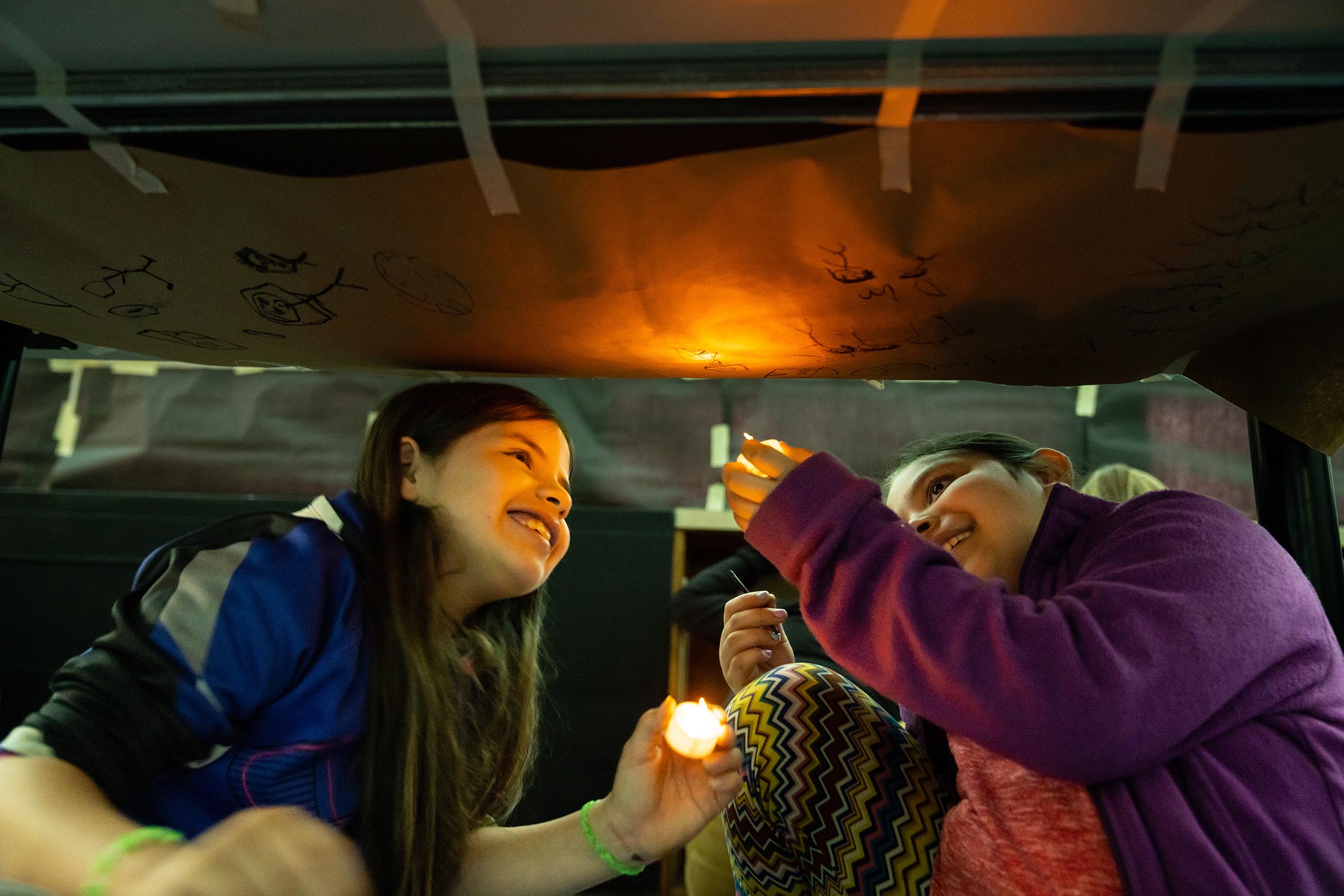Monumental Rock Art in the Arabian Interior
New research in Nature Communications reveals that humans re-entered northern Arabia much earlier than once thought. As lakes re-formed in the Nefud desert ~16,000–13,000 years ago, people followed—leaving stone tools, camps, and monumental rock engravings of camels, ibex, and gazelles that mapped water and movement across the desert at the end of the Ice Age.











